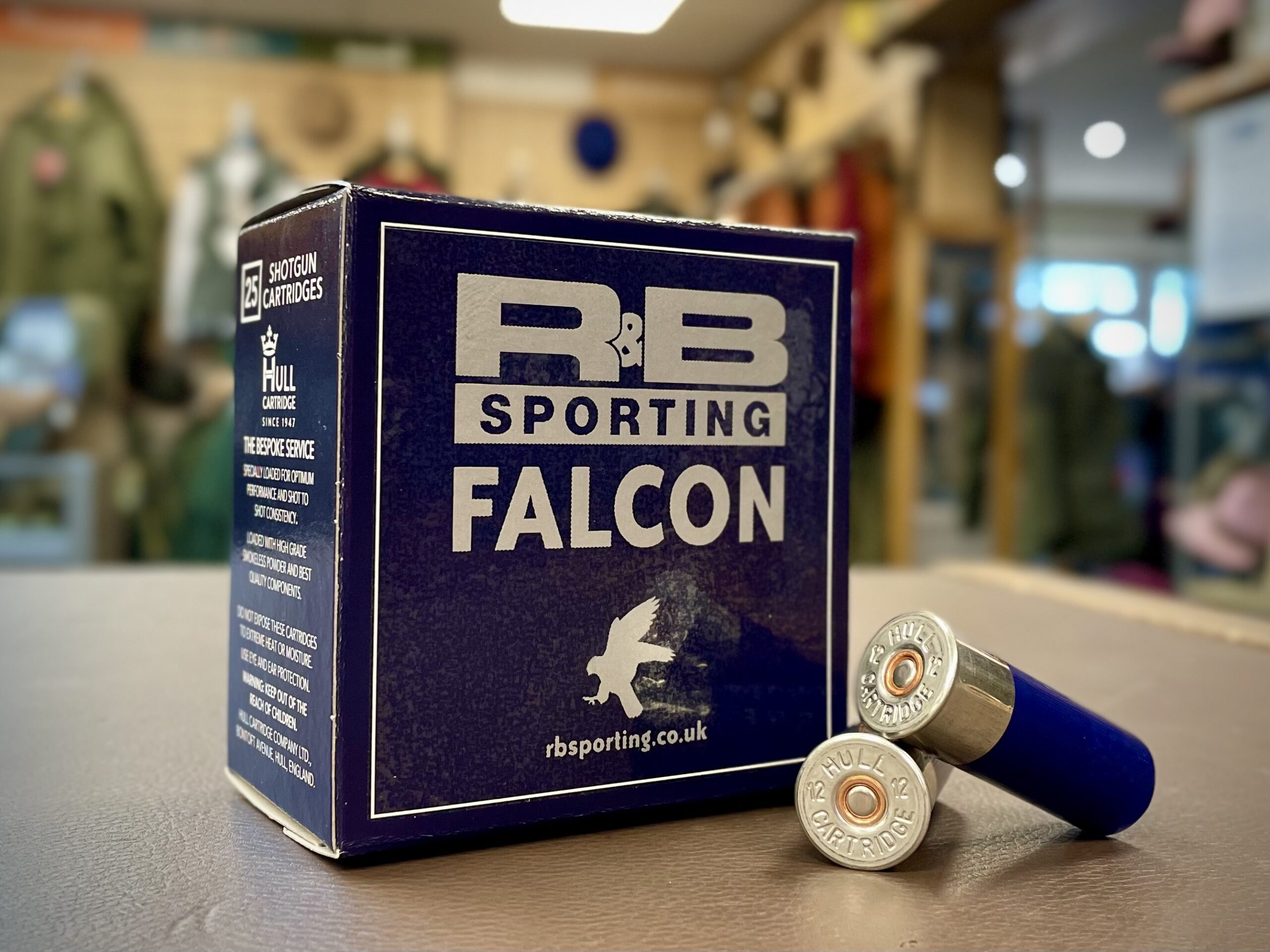How new is the modern shotgun?
A modern shotgun is often a thing of beauty and precision engineering. Here, Lewis Potter looks at each component part to see what makes it different from its traditional predecessors

There is a saying in the gun trade that there is nothing new. This is often true: think of an idea or another way of doing something and it will so often have been thought of years ago. The only limitation back then was the manufacturing ability. Yet we are inclined to think of the over-and-under as the modern shotgun, though this in part is very much due to changes in fashion, plus the ready availability of this type of gun.
In the last 30 or so years of the 20th century, a modest revolution took place on the shooting field — the decline in numbers of the side-by-side shotgun and the rise in popularity of the over-and-under. Looking back now, it is amazing to reflect that, even in the early 1970s, it could be considered just a little daring to turn up on a game shoot with an over-and-under. When it happened, it was often a younger shoot member who also indulged in a bit of clayshooting at a time when small local clay pigeon clubs seemed to be springing up every few months.
Of course, there had been over-and-under breechloaders available prior to World War I but they were rare and expensive and bore names such as Boss, Woodward and Edwinson Green.
With such pedigrees, they would be welcome anywhere, unlike a foreign-made gun. This began to change when Browning introduced his over-and-under to the world in 1928 and, though it took time,
that effectively became the basis of a whole raft of similar but simplified designs. Once the Italian gun industry and, more recently, Turkish makers started producing over-and-unders in volume, we began to see a fairly standardised design, though major players such as Beretta still go their own way.
Proven processes
So, how new is our modern shotgun?
In design detail it is really not new at all, as many of the features have been around for a long time. For example, the Deeley and Edge fore-end catch was first patented in 1873, stock bolts were used in the 1870s, musket stocks machined in the 1860s and, of course, guns with superimposed barrels have also been with us since muzzle- loading times.
Add to that the fact that the inertia principle was being put to use in the early 1900s and the original type of monobloc — though it was not called that at the time — dates back to 1881.
Even the assembly of the barrels into the modern monobloc follows the same method as barrel sleeving, which was perfected in the late 1940s, originally as an economic method of repair.
What has changed in part is putting all these features in one package, but the biggest change is manufacturing technology and the associated metallurgy, as well as a crossover of manufacturing techniques originally used for the mass- production of weapons such as muskets now applied to sporting guns.
The mass-produced over-and-under is actually an amalgamation of proven ideas, but produced using the latest efficient technology and that is what really makes it modern.
 Trigger mechanism
Trigger mechanism
When the safety is in the “on” (rearward) position, the trigger mechanism is held away from the sears so nothing is connected. In the “off” position it moves forward to engage the sears.
It is very much the norm to have the barrel selection via the safety button. This can only be achieved in the safety “on” position by moving it either right or left. When pushed forward, the lifter connected to the trigger engages with the sear, so when the trigger is pulled the sear is lifted to release the hammer.
Second barrel selection is achieved by a weight attached to the lifter attached to the trigger — this weight is normally referred to as the inertia block. Under the gun’s recoil against the shoulder, this weight is thrown back and returns, aided by spring pressure to engage with the second sear for the unfired barrel.
Lockwork
Probably the most-used system to initiate cocking the lockwork is a cocking bar or lug in the fore-end iron and cocking rod(s) or slide situated in the bottom of the action body.
As the gun is opened and the barrels drop down, the cocking bar pushes the cocking rod(s) rearwards, which, in turn, push against a simple cam or sometimes directly against the hammers to cock them.
Ejection systems vary, but once again the most common types have permanently sprung extractors that are only tripped when the hammers are in the forward, fired position. Raised lugs on the extractor arm engage in slots in the side wall of the action body to pull the extractors back into their bed. This means they do not drag against the face of the standing breech. Many over-and-under ejector springs are quite powerful and are capable of throwing a fired cartridge case a distance of several feet.
All ejector systems will eventually fail due to stress. However, there tends to be a greater failure rate among modern over-and-unders, after extensive use, than with more traditional, softer-acting and therefore somewhat longer- lived designs in the side-by-side.
The stock
The stock and fore-end are still, with only one or two exceptions, made from walnut and machined from blanks with a minimum of hand- finishing. On economy guns, the outer, pale sapwood from the tree is often used and most of the colouring will be in the varnished finish. This is not always the case, as some relatively inexpensive Turkish guns sport very good walnut. Where labour is still comparatively cheap, chequering may still be cut by hand, but the bigger manufacturers often favour laser-cut chequering.
Various means are used to secure the fore-end but a great favourite is a modified version of the Deeley and Edge catch. For its part, the stock is held by a long bolt that goes through the stock to screw into a lug or bar to the rear of the lockwork.

Spigoted barrel shown with a monobloc assembly – the majority of over-and-under shotguns are built on the monobloc principle
The barrels
Barrels are assembled on the monobloc system, which is essentially the same as barrel sleeving. The tubes are spigoted into the block, which is a short section of breech made from a single piece of steel.
Some makers still have lumps under the monobloc, but most barrels hinge on what the British trade still calls trunnions and much of the rest of the world refers to as hinge discs fitted in the side of the action body.
When the gun is closed the barrels are locked in place by a locking bolt, which slides forward to engage with what is called a “bite” in the breech end of the barrels. Opening is achieved by pushing to one side the top lever, which pulls back the locking bolt via a vertical spindle to release the barrels.












